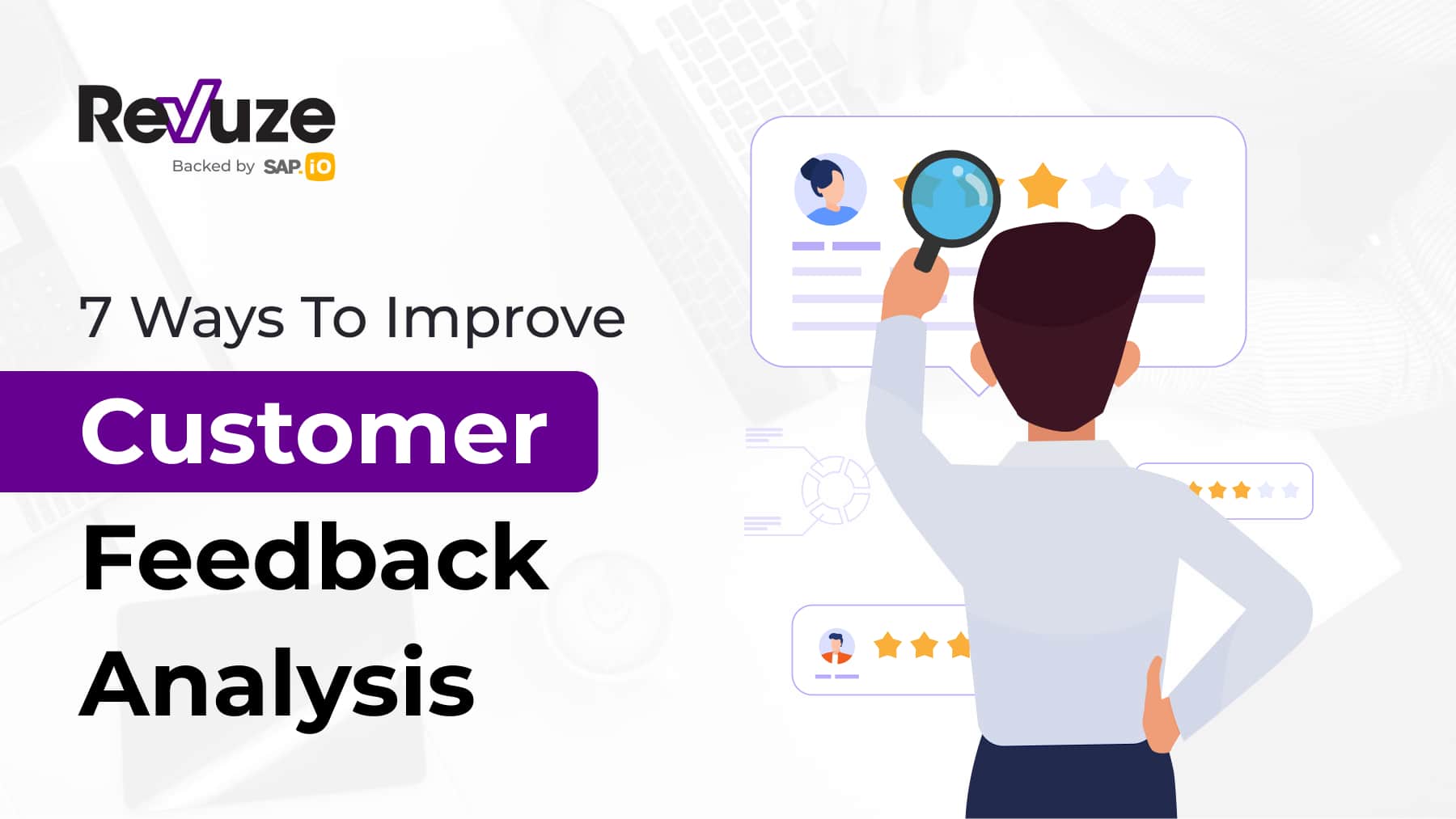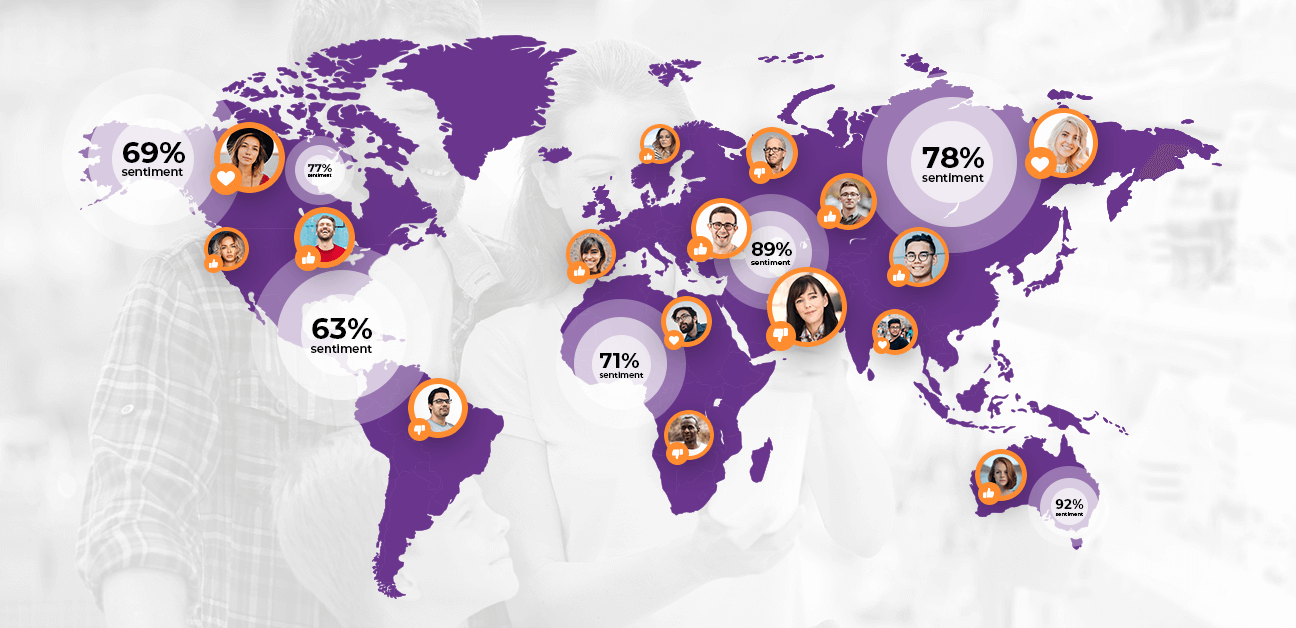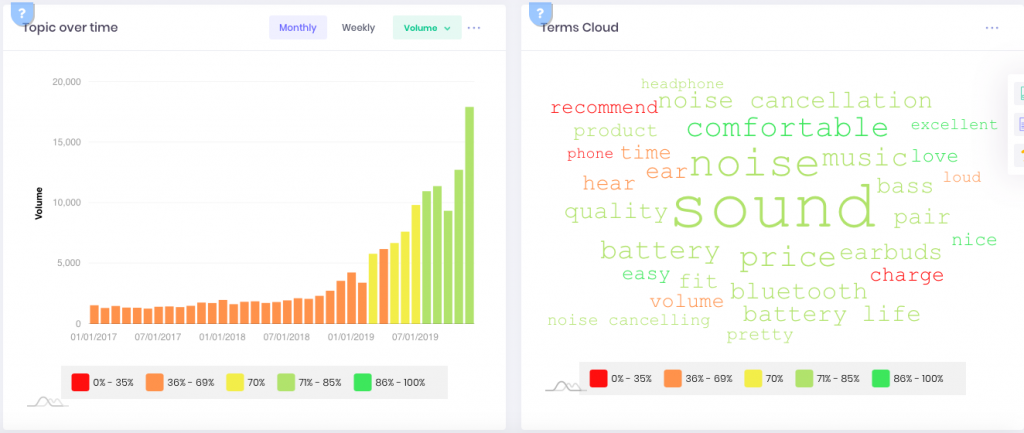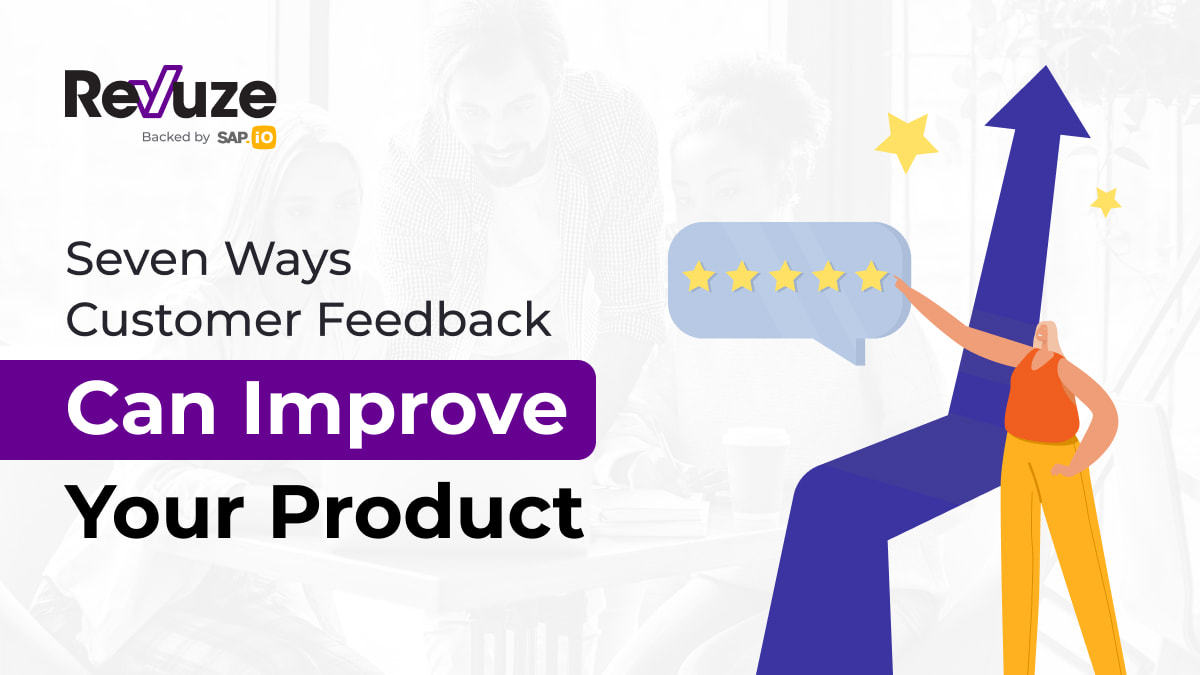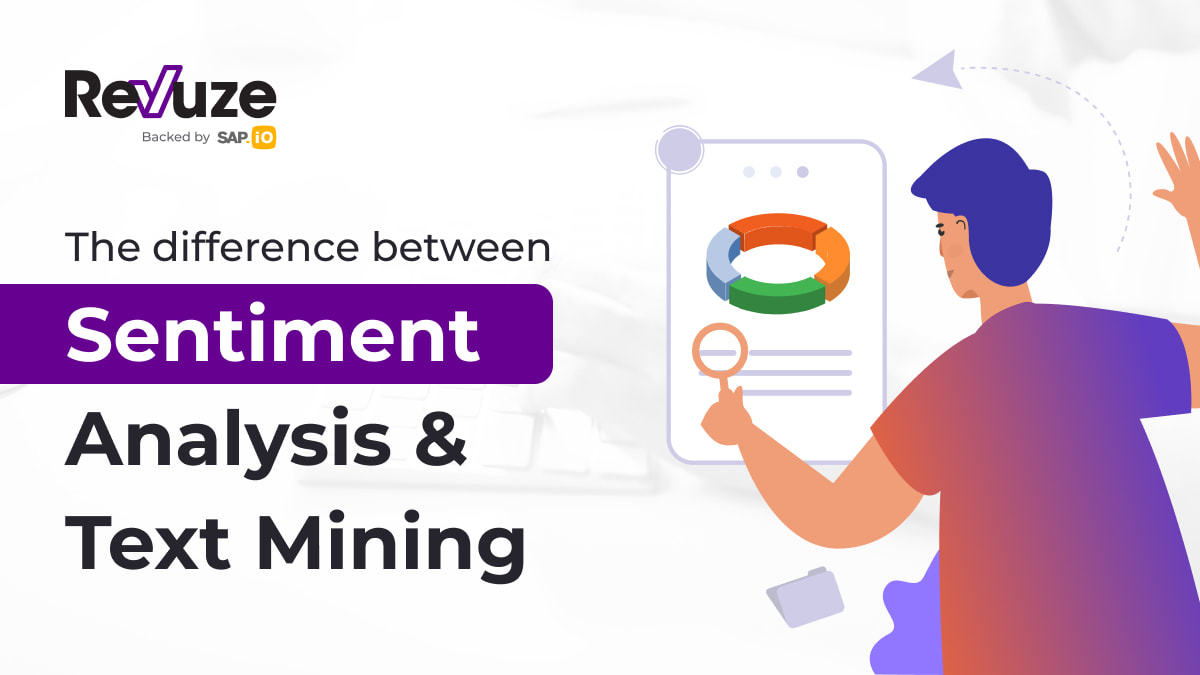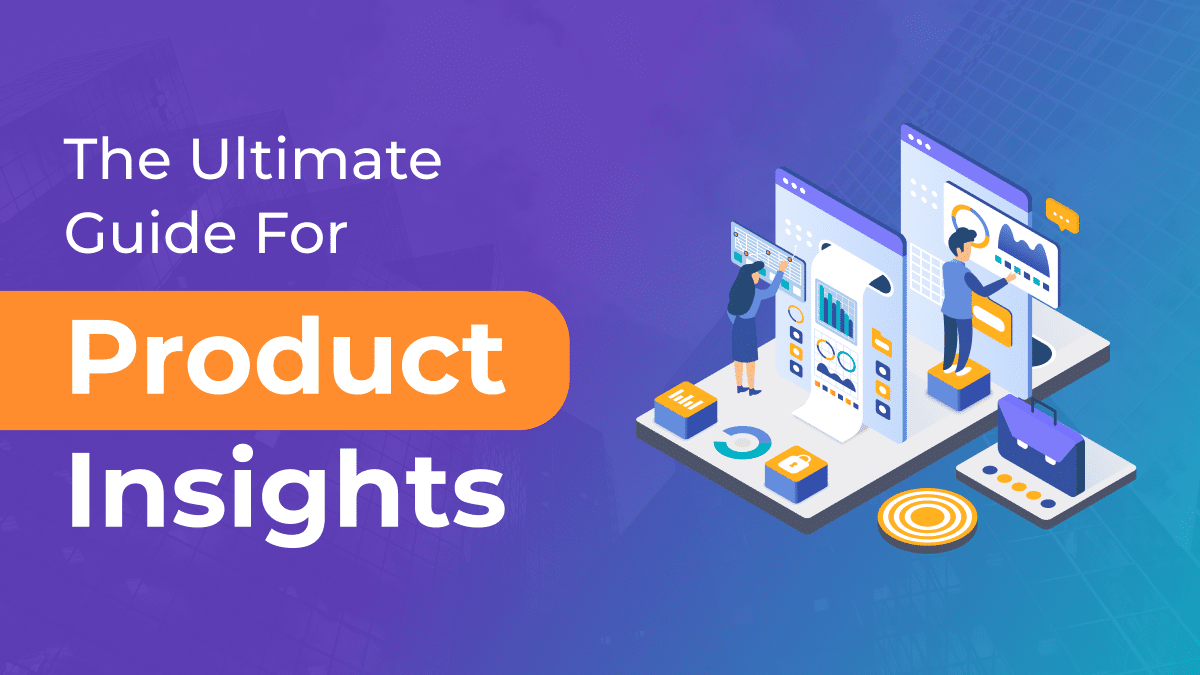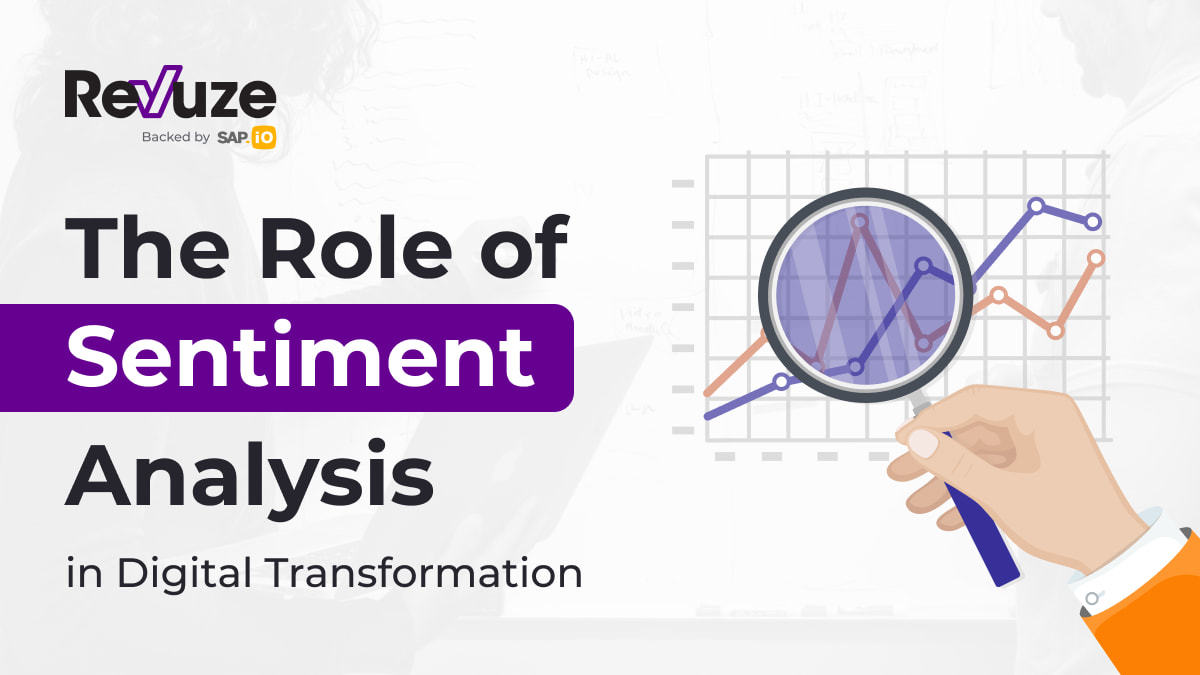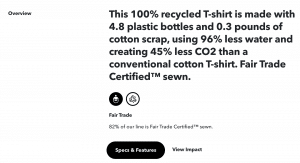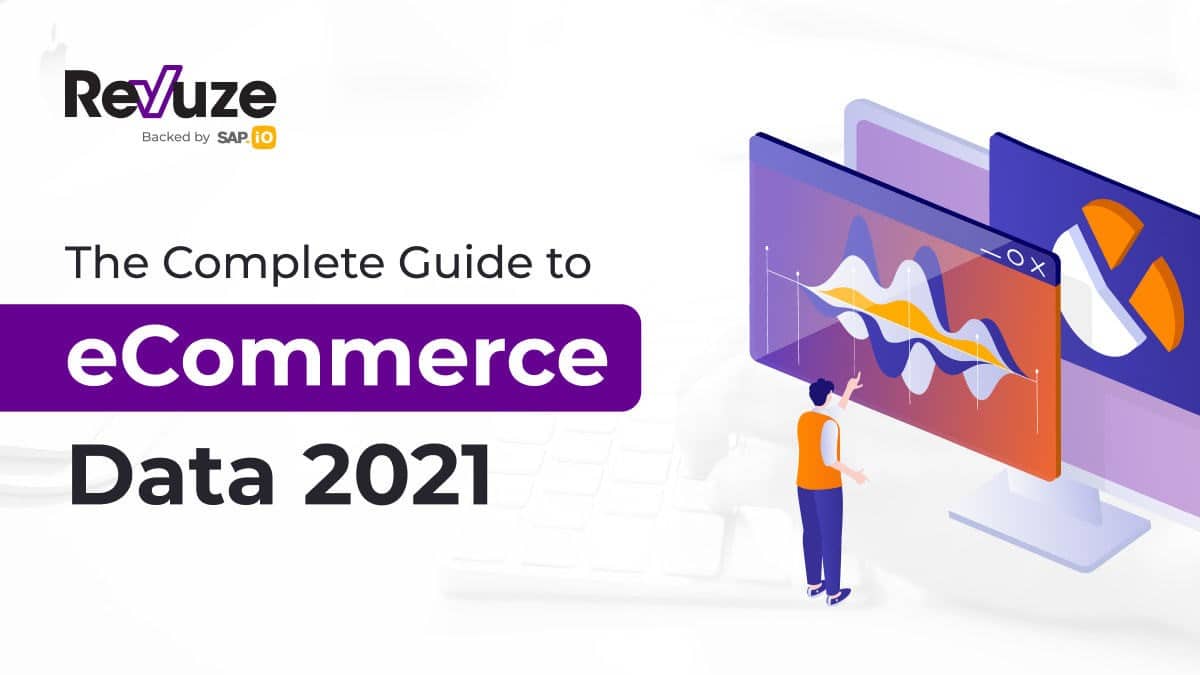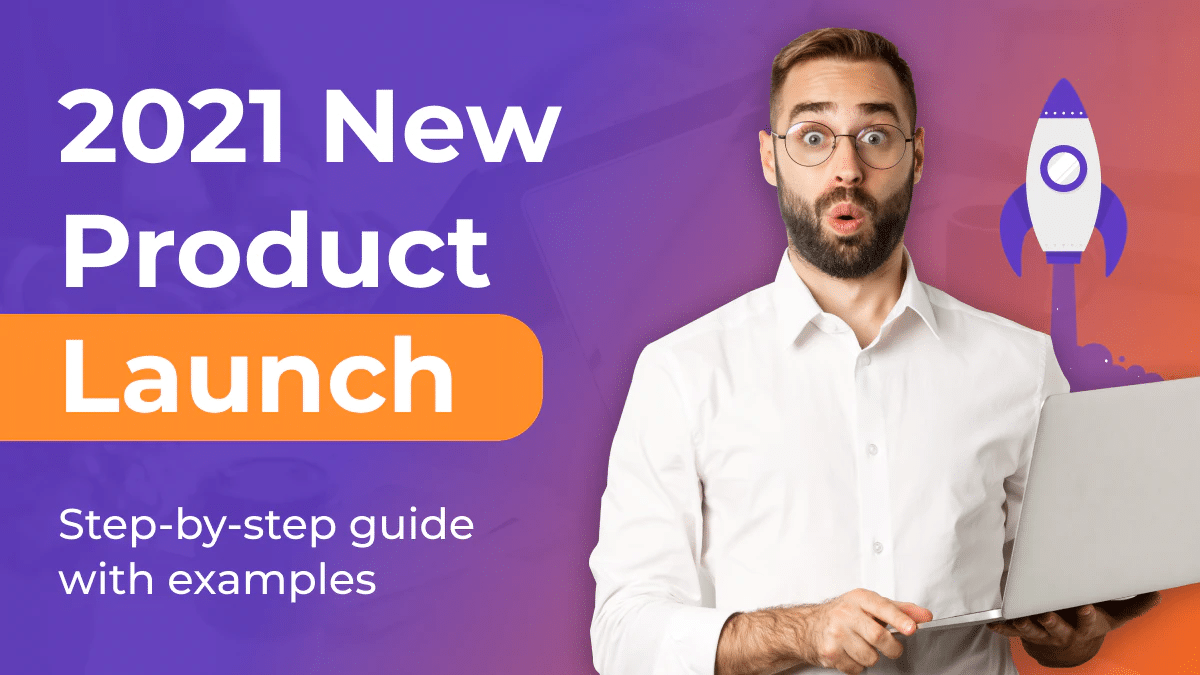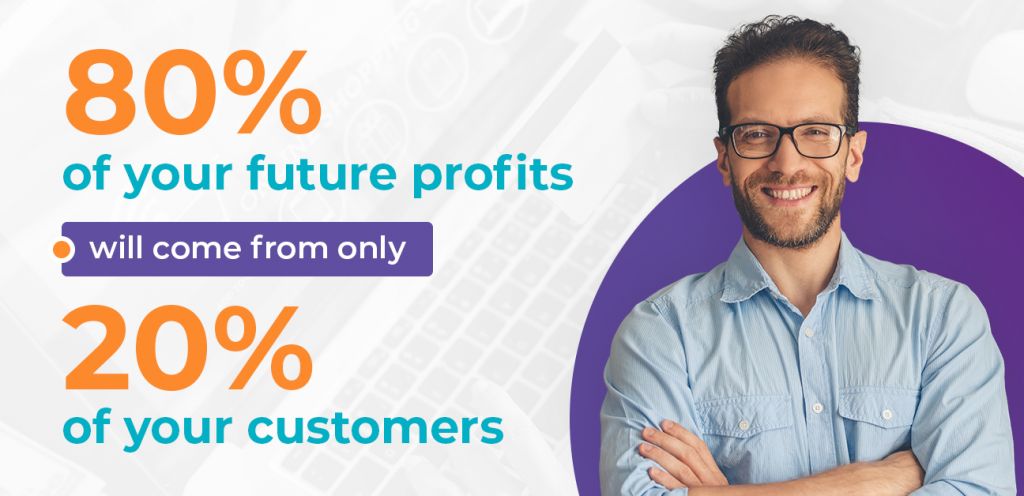It’s the era of Big Data; very large volumes of data with a high degree of complexity are now produced daily that you can’t think of using the traditional data management tools to store or process. Any brand that still wants to remain relevant in the global market must leverage the opportunity Big Data provides.
What are the Features that Characterize Big Data?

There is no talking about Big data without looking at the following four features:
- Volume
- Variety
- Velocity
- Variability
- Volume
Looking at the name Big Data, the very first thing that strikes anybody is the enormous size. The value of data in our context depends on the size and before attributing Big Data to any form of data, you must consider the volume, since this methodology does not apply to small groups of items. A typical database often exceeds a million of individual line-items. That makes the volume a very critical feature.
- Variety
The next thing you have to consider is the heterogeneous sources and the nature of data, and this applies to both structured and unstructured, before ascribing Big Data to any form of data. Some time ago, people depended on spreadsheets and databases for sources of data that most applications considered, however, the big transformation in our daily activities have opened up a retinue of avenues for data creation such as emails, microblogs, photos, videos, monitoring devices, PDFs, and audio, that can be considered in the analysis applications.So, variety has come to be a characterizing feature of Big Data, that plays a vital role in storage, mining, and analysis.
- Velocity
Another feature you must consider is the speed of data generation which is where velocity comes in. How fast you can generate and process data to cater to the needs, determines its real potential.The velocity of Big Data takes into account the massive and continuous rate at which data flows from networks, application logs, eCommerce sites, social media sites, sensors, and mobile devices. The aim, of course, is to process the data in real time and deliver instant insights & action items.
- Variability
Another thing that is significant about Big Data is its inconsistency. Variability impacts how effective our efforts in handling and managing data are. While it may not happen all the time, it’s should still be a consideration for any Big Data analysis system
One important source of data that is growing at enormous rates is the eCommerce stores. There were serious concerns that the COVID-19 pandemic will lead to a decline in retail activity, and yet contrary to the expectations, a significant number of retail businesses shifted to online operations. For instance, Shopify reported a 71% increase in new merchants using its platform between Q1 and Q2 of 2020. This shift gave a big boost to eCommerce data generation.

This article will showcase all the different eCommerce data including ways to extract the data, filter & clean it. We will also review real-life examples of brands (and Revuze customers) to better emphasize how brands should use eCommerce data to their advantage.
What is eCommerce Data?
eCommerce data is data gathered from eCommerce stores (websites or apps) & the social media assets of those stores (Instagram, Facebook, TikTok, etc.). The data that is gathered can be either text, voice, or pictures. Usually, businesses get valuable insights from what consumers say and feel about their products, stores, sales, purchases, and pricing. The data can be clean or “dirty” (a vague review that requires the use of AI & ML (Machine Learning) to get to the bottom of it).
The data collection can be from global eCommerce platforms like Amazon, eBay, etc. Online retailers and marketers analyze the information/reviews from consumers for a better understanding of customer behavior & attitude and to improve their online shopping experience.
This is a veritable source of information for online businesses and eCommerce retailers because they need to know what customers think about their different products, customer service, and pricing to serve them better and generate more revenue.
How to Collect eCommerce Data
There are several ways open to an eCommerce store to collect data. The simple format is to ask for customers’ reviews, conduct surveys, request sign-ups, and leverage email preference forms. Big eCommerce stores go a step further to use automated and AI methods such as web scraping, cookie tracking, social media analytics, and natural language processing, to collect data.
From the information, you can obtain insights into eCommerce analytics, such as consumers’ online purchasing habits and eCommerce marketplace improvements. You need insights to understand the value of the customer data trail and the loyalty you can harness if you have a single customer view.
Data holds the key for businesses to unlock potential ways of improvement and ultimately, value. While volume may not be the issue with data, how businesses process it certainly is.
How to Analyze eCommerce Data
Once you have your data, the next step is data cleaning. Text cleaning tools will allow us to process the data and prepare it for the analysis by removing stop words (a, and, or, but, how, what…), punctuation (commas, periods…), and checking for stemming. These tools will allow us to “clean” or “strip” the texts from anything that might be irrelevant to the analysis to a content item which can be semantically understood using AI.
In the lecture “Analytics And Decision Sciences For E-Commerce, An Overview,” by Ravi Vijayaraghavan of Flipkart, he says that a good review should have relevance and depth, which tells you about the product and the detail/comprehensiveness of the review among other features.
Knowing that the data you collect from eCommerce stores can be structured, semi-structured, or unstructured, is a step in the right direction. Due to the volume of data that is produced daily, it’s almost impossible to use human labor to analyze your data.
Your best option, therefore, is to use sentiment analysis. Sentiment analysis is using automation to analyze a text and interpret the sentiments behind it. By integrating machine learning and text analytics, algorithms you can determine if a statement is positive, negative, or neutral.

Sentiment analysis is also known as “opinion mining,” and is often used by organizations and brands as a strategy for social media monitoring to manage large amounts of data and gain valuable insights into customers’ sentiment, and those of the competition.
What Is Sentiment Analysis Used For?
The essence of sentiment analysis is to analyze social media posts, tweets, and online product reviews, to track opinions, reactions, and efficiently improve customer service and experience. It’s a veritable tool for market research, brand and product reputation monitoring, and customer experience analysis.
These tools are not only useful for conducting analysis but can also be deployed for predictions as well. According to research, positive sentiments may have an upward effect on stock prices.
What is Market SKU?
For proper inventory management and ease of tracking, a brand assigns a number known as Stock Keeping Unit (SKU) to a product. This means that SKU is a specific identifier for any particular product in the stock that allows easier and more efficient record-keeping. While there is no special way of creating an SKU, there are some precautions you need to take to avoid confusion. You must refrain from leaving spaces and the use of special characters; endeavor to keep your SKU short; don’t use letters you can mistake for numbers such as 0 and I.

Why you need an SKU
SKUs are of great importance to warehouses, retail stores, and product fulfillment centers, which commonly use them to acquire real-time visibility of goods in transit and part of the inventory. The usefulness of SKUs cannot be overemphasized and the following are some areas where they play vital roles:
- The identification of a particular item
- Tracking inventory to know the stock level of each product
- Knowing the expiry date and when each product will run out
- Determining the value of each product based on purchasing index
- Ascertaining when to reorder a particular product
- Enhancing the ease of product location by customers
What are the Different Types of eCommerce?
There are five different types of eCommerce depending on where your business falls in, however, two are very prominent. The five are as follows:
- Business-to-Business (B2B)
- Business-to-Consumer (B2C)
- Consumer-to-Consumer (C2C)
- Consumer-to-Business (C2B).
- Consumer-to-Administration (C2A)
Whenever the word eCommerce comes up, people tend to focus on B2B and B2C. While they may be the “leaders in the pack,” there are others, and even some businesses engage in two or more types of e-Commerce. They may be similar in their modes of operation, but they are distinct.
Some distinguishing traits may include user profile & behavior, price, quantity, order frequency, fulfillment method, product expectations, scale, and even barriers to enter the market.

Business-to-Business (B2B)
This is fundamentally a business type where the transactions are between a business and another business. A B2B transaction comes as bulk pricing, larger quantity orders, or specialty products that a private consumer does not need.
A popular offshoot of B2B is B2A or B2G as it’s also known. This is also sometimes referred to as B2G (business-to-government). B2A transactions are usually between companies and organizations of public administration such as the government.
Examples of goods exchanged in B2A transactions include crude oil, military equipment, ships, and airplanes. These products are too large in scope or sensitive to the wellbeing of society for an individual to purchase.
Business-to-Consumer (B2C)
The internet has become a full marketplace and businesses leverage it to carry on online transactions with consumers. This is a sort of disruption to the brick-and-mortar model.
B2C is simply a retail transaction between the business and consumer and is the typical eCommerce business. The goods or services are sold to consumers through the brand’s digital assets.
Since eCommerce stores have assorted products, they deploy SKUs to ease consumers the difficulties in picking their choice products. B2C businesses do not stop at products alone, they also engage in delivering services to consumers.
Consumer-to-Consumer (C2C)
A lot of opportunities came with the internet, and there has been a great deal of transformation in the ease of consumers getting their required products even from across the borders. A lot of eCommerce stores have put in place the avenue for a consumer to sell to another consumer.
There are instances where a consumer may have something to dispose of but does not have a store; eCommerce platforms like eBay, Amazon, Craigslist, and Grailed have enhanced C2C. Most C2C models don’t sell goods, they rather serve as a conduit for a consumer selling to another consumer, in what has been commonly called a Marketplace platform.
Consumer-to-Business (C2B)
It’s not only a consumer that may require a particular service, businesses often need consumers to carry out one assignment or the other. The C2B model is an opportunity for businesses to reach consumers online to add value to their operations.
Sometimes, these consumers can execute the project on a contractual basis or as freelancers. This works as a form of outsourcing and ensures that businesses get the best hands in any field, and has seen its popularity skyrocket in the age of the gig economy with such prominent brands as Fiverr, Upwork, etc.
Consumer-to-Administration (C2A)
Apart from businesses, there are authoritative bodies such as governments that consumers can also extend services to. They can use the C2A model to receive information, handle billing and establish a direct line of communication. It used to be difficult for consumers to access government facilities, but the internet has made it possible for consumers to pay taxes, fees, fines, etc., online.
Apart from the ease C2A has brought, automation has also made it possible in real-time. There is also the case of a great reduction in fraudulent practices and increased efficiency.
What are the Benefits of Analyzing eCommerce Data?
Analyzing eCommerce data positions your organization to strongly contend with the competition. When you know the likes and dislikes of your consumers, you can improve customer experience and satisfaction. Other areas a brand can benefit from analyzing eCommerce data include:
Product launch improvement

Product launch is not what you ordinarily do every other day. You need to have a comprehensive insight into what consumers want, what the competition is doing right and wrong. You may also have to think about the Go-to-market strategy (GTM) and this brings to mind product innovation, which is a new way of resolving pain points many consumers have been encountering with your products that are already in the market.

This insight is what you get from analyzing eCommerce data. A good example is where Revuze used sentiment analysis on product review data to discover what consumers feel about Lysol and Clorox.
In the report, you can find out exactly how Revuze deciphered the relevant product features by tapping into the consumer sentiment and understand what’s working and what’s not. The result of the analysis will enable the producer of Lysol to know what improvements need to be done to compete favorably with Clorox.
Understanding customer LTV
A very important metric you can garner from eCommerce data is customer lifetime value (LTV). It is a measure of how much money a customer will bring your brand throughout their entire time as a paying customer.

After analyzing your eCommerce data, you can easily determine how much a customer is worth to your brand and how much you can afford to invest in retaining such a customer. You will also have insight into whether you are dealing with a repeat customer or a one-time transaction (and hopefully turn the latter into the former).
Building recommendations systems
eCommerce data is vital in helping brands build recommendation systems. Though before this works out, you need to analyze the data for clarity and then deploy machine learning to help consumers discover new products and services.

Recommended systems can be in any of these three models:
- User-product relationship – where users have a common preference towards specific products.
- Product-product relationship – similar items by appearance or description.
- User-user relationship – customers who have similar tastes for a particular product or service.
Improving customer experience
Businesses have realized the need to become consumer-centric and the only way to ensure this is by having insights into their feelings and pain points. With eCommerce data, you can discover when your consumers are satisfied.
Net promoter score (NPS) is a metric you use to determine when you are satisfying your customers. It measures how satisfied your customers are and how likely they are to recommend your products to other people.
Traffic / Prices insights
eCommerce data is a valuable source for insights into the traffic to your selling points as well as product prices in your industry. You can deduce after analyzing your data how many consumers and potential customers click into your digital assets and those of competitors that have similar offers.
The time they spend will enable you to decipher if the price of your product has any bearing on conversion rates. If the traffic is high, and you have a poor conversion rate, then something is wrong with your approach. You then put in more effort in optimizing the conversion rate and test to make sure you choose the correct path for improvement.
Which is the Biggest eCommerce Site?
Amazon is the biggest eCommerce site in the U.S. and around the globe. While this information may seem irrelevant, it should push you to understand what the brand does differently that places it above others.
Statista projected that Amazon’s market share will account for 50 percent of the entire e-commerce retail market’s gross merchandise volume (GMV) by 2021.
What eCommerce data technique does Amazon apply?
Amazon uses recommendation technology that is based on collaborative filtering. The brand gathers information about every customer that visits the site and leverage that to decide what you may want to buy.
Amazon can easily build a picture of who you are from the information it has and use that to offer you products that people with similar traits have purchased before.
The Connection Between eCommerce Data & Product Data
The basic difference between eCommerce data and product data is that product data is all information about the product while eCommerce data gives insight about the product, customers, stores, pricing, sales, and purchases. eCommerce data is gathered from global eCommerce platforms like Amazon.
Examples of eCommerce Data
Data you collect from the eCommerce store can be structured, semi-structured, or unstructured, notwithstanding, you can still group the data into the following different kinds of datasets:
eCommerce product data
This can also be viewed as product review data that you gather from eCommerce sites, it includes all the information you need about all the products a store has and which a consumer can buy online. The product data will give you details such as the manufacturer, supplier, pricing, brand, and category.
eCommerce sales data
Sales trends are vital for any brand that wishes to have an overview of both its products’ sales performance and those of the competition. The information you require can be in the form of the product category or just a general overview of sales. This helps a brand to come up with optimal pricing strategies and make data-driven decisions about stock orders.
eCommerce customer data
eCommerce customer data will tell you all you need to know about your online consumers and their online purchase activity. With Statista projecting that online sales will hit $6.388 trillion in 2024, you can understand how crucial eCommerce customer data is to online retailers. The eCommerce customer data will give you a comprehensive insight into how you can use consumer behavior and interests to shore up your conversion rates.
eCommerce store data
The list of online retailers you have in the market includes Shopify, Amazon, BigCommerce, Etsy, eBay, and Walmart. It’s not easy to keep track of all the eCommerce vendors, merchants, and platforms.
But with eCommerce store data, you have the information source you need to learn who your competitors are, and how to be relevant in the industry’s online retail environment.
eCommerce Data Analytics Tools
eCommerce businesses now thrive on data. But data can be useless if not properly analyzed. To ensure you are not wasting time and other resources gathering data that will not be utilized to improve the brand’s performance, you need tools capable of analyzing real-time data.
The analytics tool should help you to identify which products sell best, who your customers are, and their pain points.
While you may have assorted tools in the market, Revuze automatically collects eCommerce data, classifies, cleans, and organizes it into foundational, proprietary insights that describe consumer needs across the entire category in a granular way.

Revuze’s machine learning algorithms discover topics in each product category automatically and build a unique taxonomy for each without human interaction.

Revuze sentiment analysis combines computational linguistics, text analysis, and natural language processing to clarify subjectivity in customer perceptions. We filter customer attitude, recognizing contextual polarity and interpolating judgment, affective state, and intended emotional communication to create easy-to-understand and usable analysis.
eCommerce Data in 2021 – Conclusion
You must have reached the same conclusion with us, which is that eCommerce data is a valuable source of information you must strive to have at your disposal. Brands need these insights to remain relevant in the face of the competition in the global market.
The internet has made the world a global village, hence your location can no longer afford you the monopoly you have been enjoying. You need to gear up yourself for the competition.
While you have the data, you still need eCommerce data analytics tools such as Revuze. If you are not working with data, purchasing trends, or behavioral analytics, you’re definitely missing out on important business opportunities!
 All
Articles
All
Articles Email
Analytics
Email
Analytics